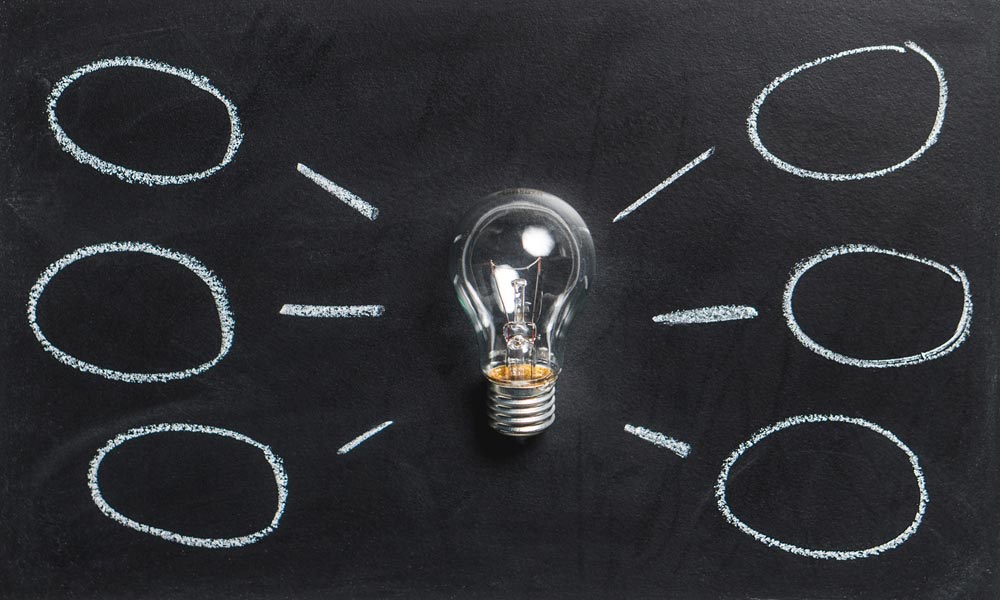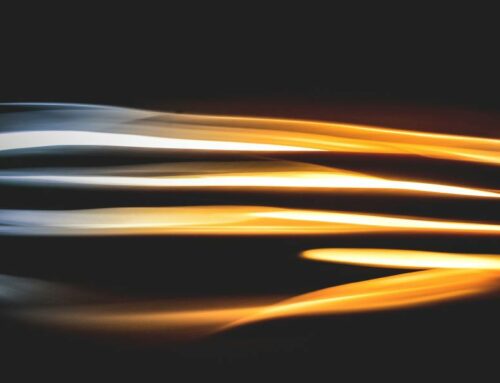CFL Bulbs vs. Incandescent Bulbs
A compact fluorescent light (CFL) is an energy-saving light bulb and compact fluorescent tube designed to replace an incandescent light bulb. Some CFLs fit into light fixtures designed for incandescent bulbs.
Compared to general-service incandescent light bulbs they give off the same amount of visible light but use one-fifth to one-third the electric power, and last eight to fifteen times longer. A CFL has a higher purchase price than an incandescent bulb but can save over five times its purchase price in electricity costs over the lamp’s lifetime.
Like all fluorescent lamps, CFLs contain toxic mercury which complicates their disposal.
The U.S. Environmental Protection Agency (EPA) has published best practices for cleanup of broken CFLs, and ways to avoid breakage, on its website. It recommends airing out the room and carefully disposing of broken pieces in a jar.
A Maine Department of Environmental Protection (DEP) study of 2008 comparing clean-up methods warns that using plastic bags to store broken CFL bulbs is dangerous because vapors well above safe levels continue to leak from the bags. The EPA and the Maine DEP recommend a sealed glass jar as the best repository for a broken bulb.
LED Bulbs vs. CFL Bulbs
As previously mentioned, incandescent bulbs were initially supplanted by CFLs, but the arrival of affordable LEDs didn’t let the poor CFLs enjoy their day in the sun for long. Not only do LEDs draw fewer watts of electricity, but they also outperform CFLs in a variety of other ways.
Why use LED lights instead of CFLs? Here are six simple reasons:
- LED bulbs last longer. It’s common for LEDs to be rated for 50,000 hours of use, about five times longer than the average CFL bulb, and about 50 times longer than incandescents.
- LED bulbs are safer. CFL bulbs contain trace amounts of mercury, which means they must be handled and disposed of carefully. If a CFL bulb breaks, it’s recommended that you ventilate and vacate the area for several minutes.
- LED bulbs light up instantly. CFL bulbs take a few seconds to warm up, and they appear dimmer during this time.
- LED bulbs often provide more pleasant lighting. Early versions of CFL bulbs were criticized for emitting harsh light. While the industry made improvements to soften this effect, LED bulbs have always come in a range of colors and levels of softness.
- LED bulbs are more versatile. The curly design of CFL bulbs makes them just as bulky as incandescents, which limits their range of applications. But light-emitting diodes are comparatively small, which allows for applications like slim strips of lightweight lights that you can use for under-cabinet kitchen lighting.
- LED bulbs give off virtually no heat. Incandescent bulbs give off about 90 percent of their energy as heat, and CFL bulbs don’t fare much better. This can produce unwanted heat inside your home during warm weather. LED bulbs remain cool to the touch.


